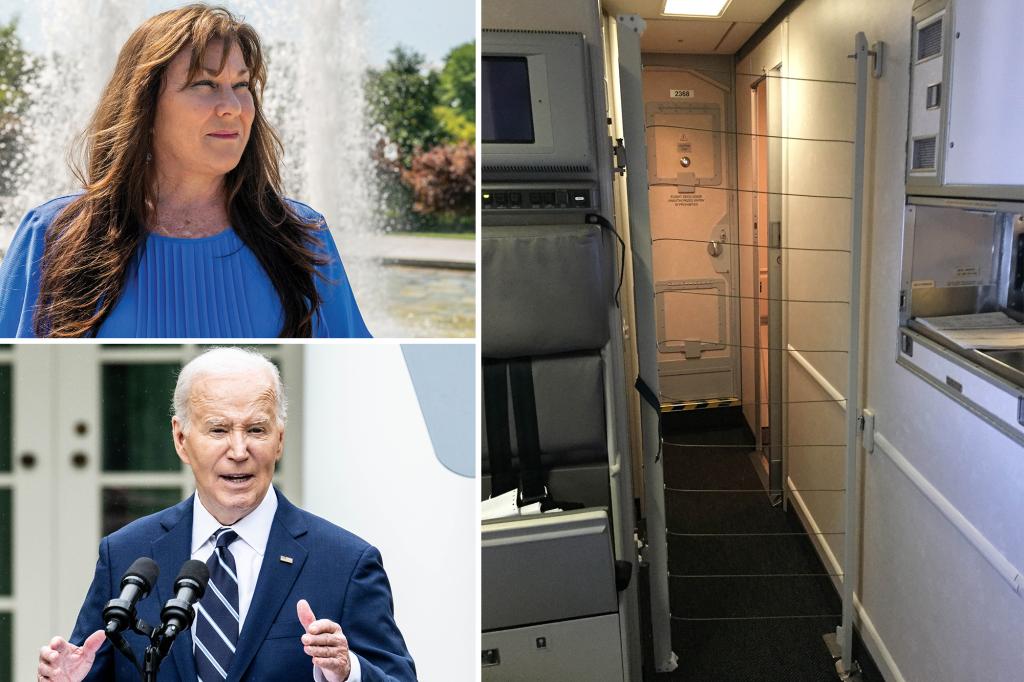Nearly 23 years after the 9/11 terrorist attacks, President Joe Biden signed into law provisions requiring secondary cockpit barriers on all commercial airplanes. This was the last of the 9/11 Commission’s recommendations yet to be implemented. The lightweight, lockable metal gates barricade cockpit doors to protect pilots when they open them in flight to use the restroom or receive food. The airline industry had opposed these barriers in the past due to the added cost of roughly $35,000 each. However, the efforts of individuals like Ellen Saracini, widow of Capt. Victor Saracini, helped push for the implementation of these barriers.
Ellen Saracini was instrumental in advocating for the secondary cockpit barriers, even when facing opposition from the airline industry. She played a key role in ensuring that Congress finally acted on this issue, despite the years of lobbying against it. The changes will not happen immediately, as it may take three to five years for the roughly 8,000 airplanes to be retrofitted with the new barriers due to slow federal bureaucracy. President Biden ratified the provisions as part of a larger civil aviation bill aimed at improving air travel.
The provision requiring secondary cockpit barriers was seen as a critical step in preventing another 9/11-like terrorist attack. Rep. Josh Gottheimer and Rep. Brian Fitzpatrick added this provision to the civil aviation bill, continuing their efforts from previous legislation like the Saracini Aviation Safety Act. The hijackers sent by Osama bin Laden on 9/11 disrupted air travel by crashing four planes, leading to the death of many innocent people, including Capt. Victor Saracini.
Former Federal Aviation Administration Special Agent Brian Sullivan highlighted the importance of the secondary cockpit barriers in light of recent unruly passenger incidents and increased threat posture due to global conflicts. The new barriers will provide additional protection for pilots and prevent scenarios where flight attendants had to resort to makeshift methods of protecting the cockpit. Spokespeople for political figures like Senate Majority Leader Chuck Schumer and Rep. Nicole Malliotakis expressed support for the new rule but also emphasized the need for further safety measures and regulations in air travel security.
While the implementation of the secondary cockpit barriers is a crucial step in enhancing aviation safety, some believe that more stringent regulations should be in place to prevent potential vulnerabilities. Rep. Malliotakis pointed out the need for stricter identification processes to prevent illegal immigrants with arrest warrants from boarding airplanes. Overall, the signing of the provisions requiring secondary cockpit barriers marks an important milestone in improving air travel safety and preventing future terrorist attacks.


